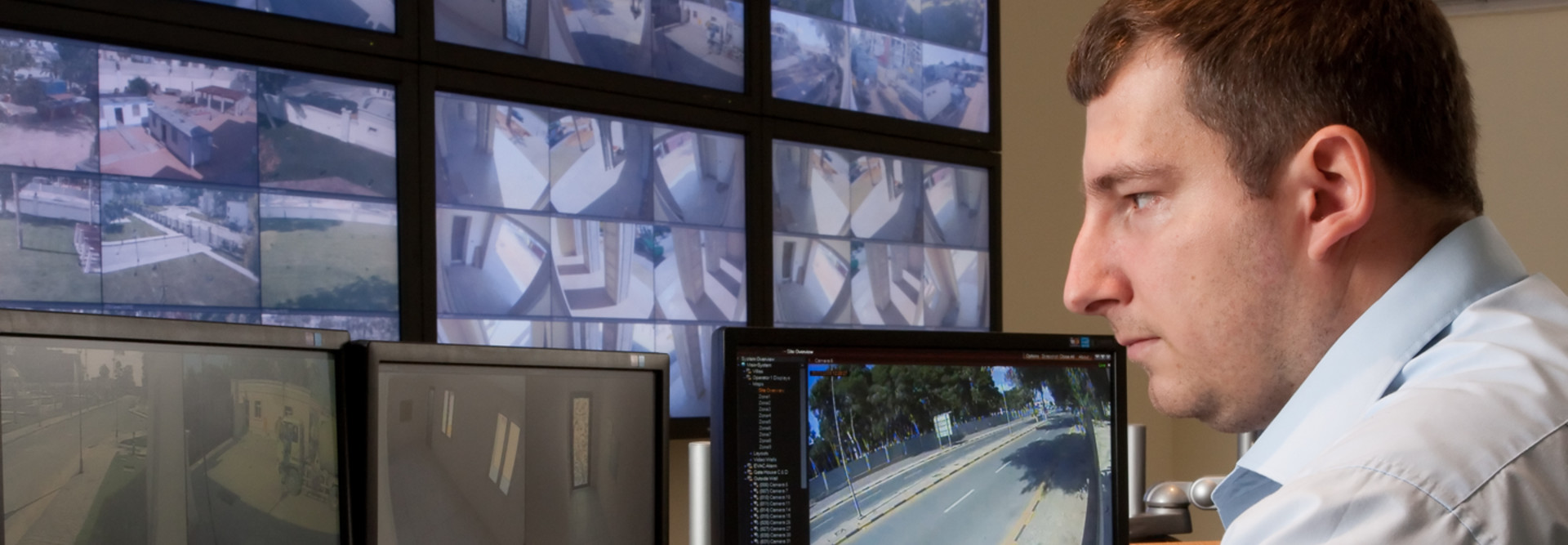Knowledge Is Power for Law Enforcement and Emergency Responders
Many communities have improved public-safety and emergency operations, not by putting more feet on the street but by arming first responders with information.
Knowledge is indeed power for the cities and counties that have deployed real-time crime centers and emergency operations centers, complete with video walls and a swarm of desktop computers that display surveillance, crime databases, weather reports and social media feeds. Such technology improves decision-making and speeds response times to crime, disaster and other emergency situations.
The city of Albuquerque, N.M., created its Real Time Crime Center in response to officer fatalities in recent years. T.J. Wilham, smart policing division director, says deaths could have been avoided if police were alerted to dangerous situations before arriving on the scene.
Extra Insight
Officers and analysts in the crime center monitor all calls for service and search for any type of information that can aid the responding officers. For example, if an Albuquerque bank is robbed, the RTCC staff can view the bank’s security camera footage, get descriptions of suspects and getaway vehicles and the direction they’re traveling. They can also take screen shots and email photos to officers so they know what they’re looking for before arriving on the scene, says Wilham, who leads the RTCC.
This spring, police were dispatched to a hotel because of an unruly guest. A database search revealed that the guest had previously contracted tuberculosis. Less than a minute before the officers arrived at the hotel, RTCC staff warned them to wear gloves and masks and to quarantine the area in case the person was still contagious, Wilham notes.
At the city of El Dorado, Kan., emergency operations center, a video wall and monitors let officials better track situations and coordinate response plans. “When you have a natural disaster, communications and the ability to monitor the weather is key,” says IT Director Ken Huffman. “As a storm hits, Public Works is constantly communicating with Emergency Services so we can clear roads or build barricades for floods.”
To read more about how technology aids emergency response, check out "Data: Public Safety's Most Vital Asset."









